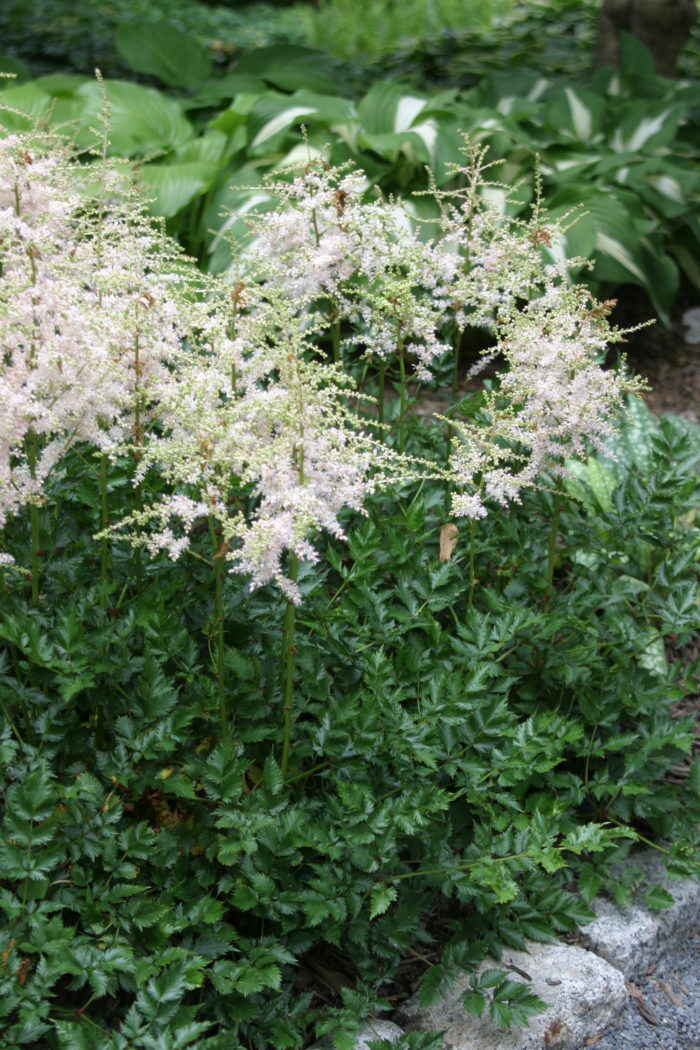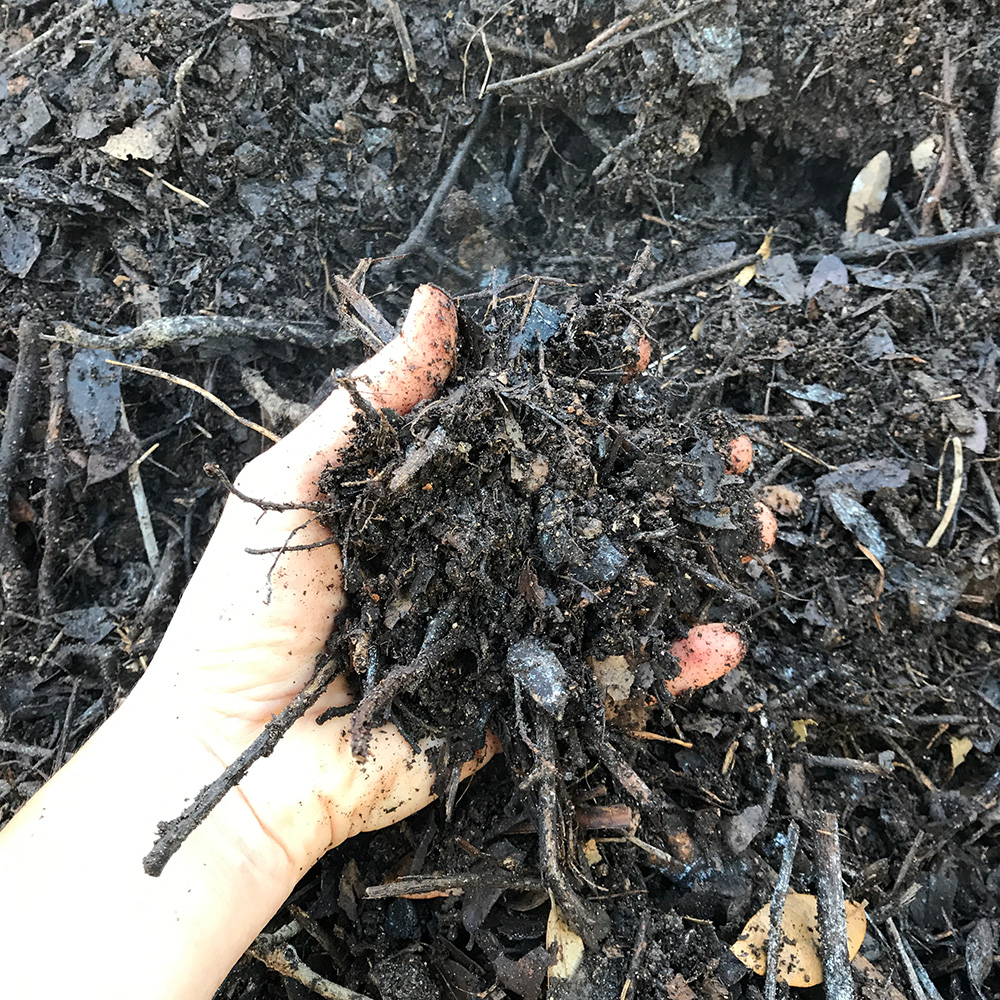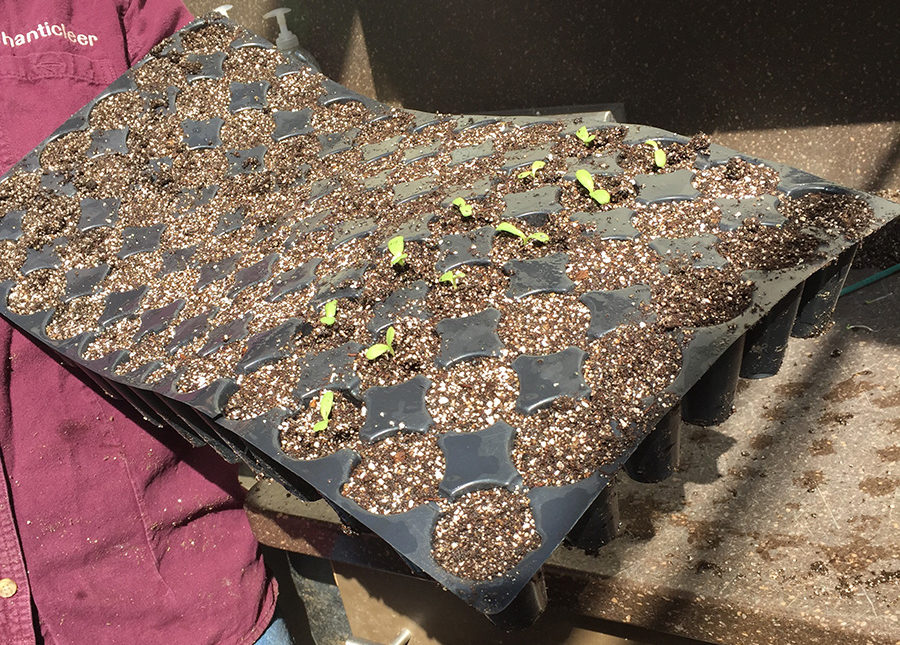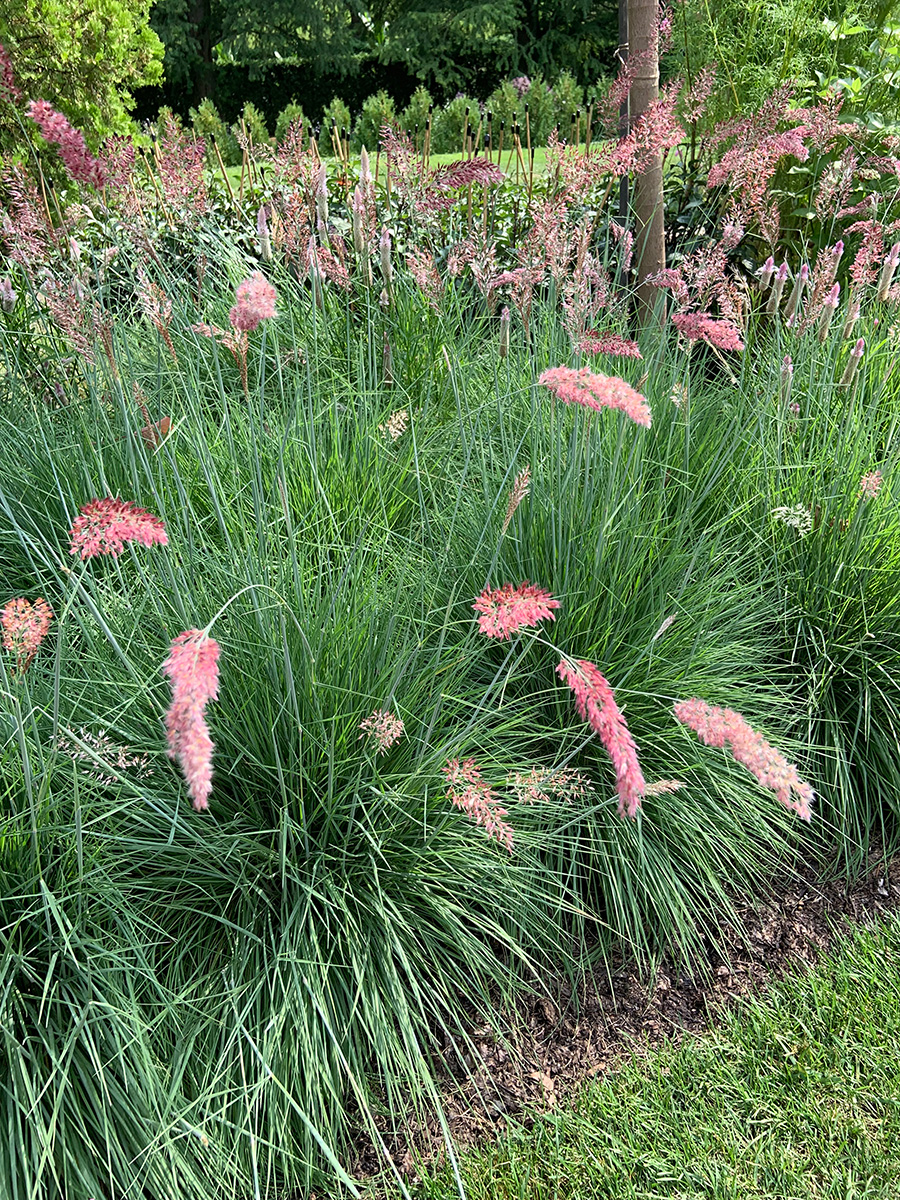
August can be one of the toughest months for gardeners. It’s hot and often very dry. So while you are watering, weeding, and trying to stay cool, here are a few tasks to tackle this month.

Prepare your beds for fall planting. As all gardeners know, spring and fall are the best times to plant in the garden. So August in the Mid-Atlantic is an ideal time to prepare garden beds. For established beds, adding a layer of compost will help to boost the organic matter in the soil, which in turn helps newly installed plants. To remove turf, cover the designated area with newspaper or builder’s paper (available at hardware stores) and mulch. Be sure to wet the paper before mulching to make sure it stays put. This will smother the turf and help keep weeds down after installation. This technique avoids using chemical herbicides.

Order spring bulbs. Take a break on a hot day to order your spring-flowering bulbs. It’s time to start thinking about where you want to add more daffodils, tulips, and crocuses (Crocus spp. and cvs., Zones 3–8). Think about adding naturalizing bulbs such as crocuses in the lawn or adding some snowdrops (Galanthus spp. and cvs., Zones 3–8) for late winter interest.

Seed your fall veggie garden. As you harvest your tomatoes, peppers, squash, and watermelon, you can also start thinking about your fall veggie garden. Vegetables that can be started in August include arugula, beets, broccoli, carrots, and chard. These all can be sowed directly outdoors and will be ready in the fall. Don’t forget the herbs! Chives and cilantro perform great in cooler weather. Learn about prepping your veggie garden for fall here.

Add late summer color to your garden. Is your garden looking a little dull? Annuals provide lots of summer color but tend to look exhausted by August. This can be a great time to evaluate which late summer-blooming plants to add to the garden to extend the season. Plants such as Russian sage (Perovskia atriplicifolia, Zones 5–9), astilbe (Astilbe spp. and cvs., Zones 3–8), hydrangeas (Hydrangea spp. and cvs., Zones 4–9), and grasses can be added to provide extra interest. Since garden centers stock plants according to seasonal interests, plants with late summer interest will most likely be available at your local nursery now. Or plant some late-summer combinations for a breath of fresh air in your garden.

Visit a garden for inspiration. If the summer heat is taking a toll on you, then take a trip to a public garden for some much-needed inspiration. From historic gardens such as Winterthur and Bartram’s, to the whimsical designs of Chanticleer, to the native collection of the Mt. Cuba Center, the Mid-Atlantic region boasts a wide range of public gardens.
—Michele Christiano is a horticulture assistant at Longwood Gardens in Kennett Square, Pennsylvania.
Fine Gardening Recommended Products

The Nature of Oaks: The Rich Ecology of Our Most Essential Native Trees
Fine Gardening receives a commission for items purchased through links on this site, including Amazon Associates and other affiliate advertising programs.

A.M. Leonard Deluxe Soil Knife & Leather Sheath Combo
Fine Gardening receives a commission for items purchased through links on this site, including Amazon Associates and other affiliate advertising programs.

Berry & Bird Rabbiting Spade, Trenching Shovel
Fine Gardening receives a commission for items purchased through links on this site, including Amazon Associates and other affiliate advertising programs.



















Comments
Log in or create an account to post a comment.
Sign up Log in